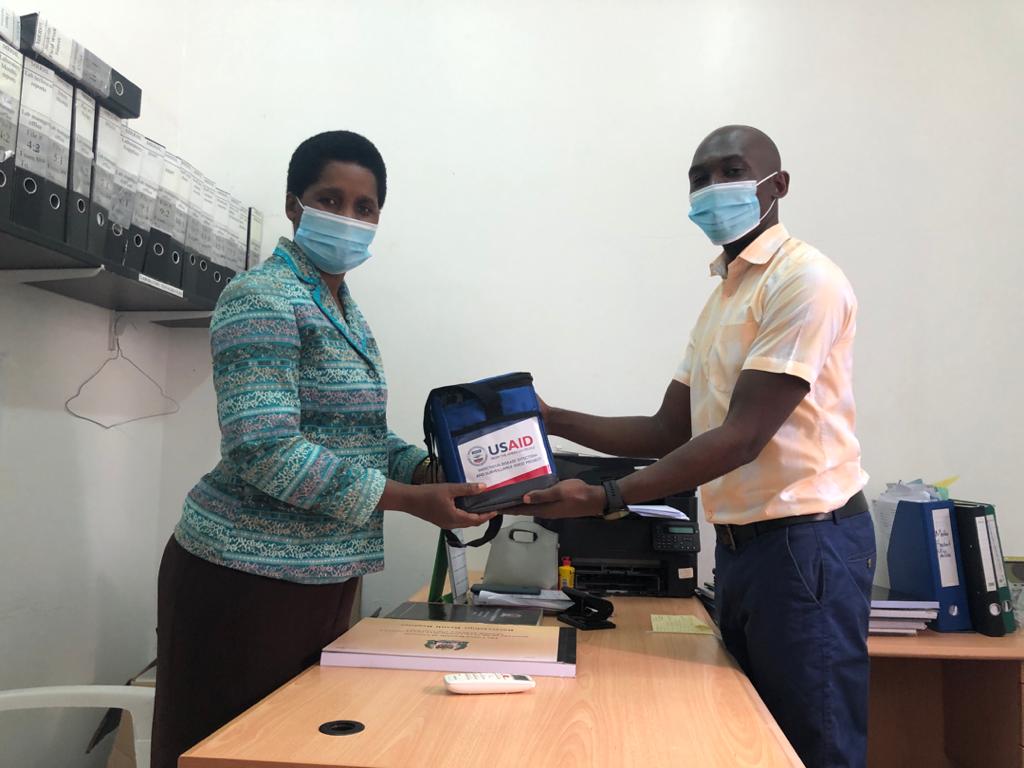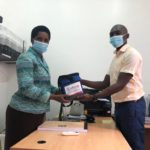The COVID-19 Pandemic happened when most health systems in different countries were unprepared. This was even worse for LMICs where health facilities are not even able to cover the basic needs. One of the important requirements during the pandemic was to know the magnitude of the problem.
This was through laboratory testing and confirmation of the disease. The laboratory testing cascade depended on materials that were mostly imported from abroad. Due to travel restrictions and almost shutdown of the aviation services, it was even difficult to get commodities from abroad.
As a laboratory scientist, I got the privilege to be involved in two pillars of the COVID-19 response in Tanzania. There were about 10 other pillars and I was actively involved in two (Laboratory and Logistics). Our role was to ensure that the testing laboratory has the maximum testing capacity to suffice the whole country with a population of 60 million people.
Activities that I worked on with the rest of the pillar members include:
- Identification of transport means from humanitarian agencies such as WFP, to help with reagents transportation in the country.
- Identify vendors who have qualifications to be allowed to import commodities required during the COVID-19 response.
- Identify laboratories across the country which can be renovated to support the decentralization of testing. This came up as testing was conducted at a single laboratory countrywide, which was not enough for the entire country.
- Identify laboratory needs, forecast and quantify the needs for one year.
- Conducted supportive supervision of specimen collection and management at the point of entry across all borders in the country.
Through all these actions, the testing capacity for COVID-19 in the country increased from less than 1000 specimens per day in 2020 to more than 14000 per day in 2021.

